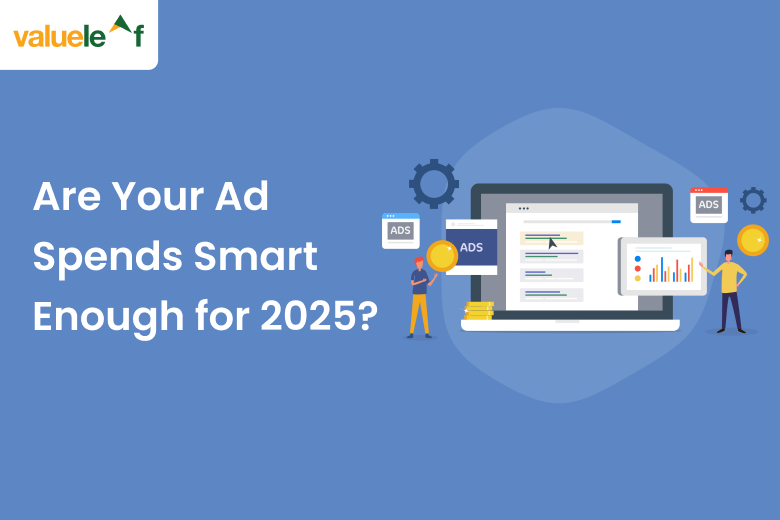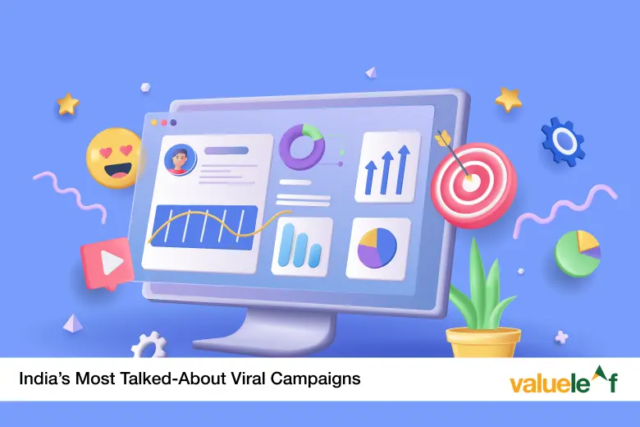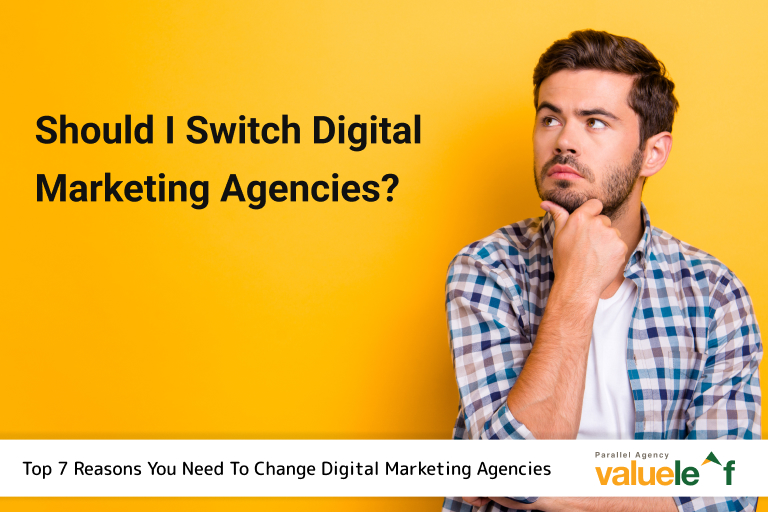In 2025, global digital ad spends are projected to cross $740 billion—but here’s the catch: bigger budgets don’t always mean better results.As competition heats up and consumer behaviour becomes more unpredictable, brands are asking a tough question: Is spending more really the answer to better returns?
In 2025, the brands seeing the highest ROI won’t necessarily be the ones with the biggest ad budgets. Instead, they’ll be the ones using data, automation and AI-powered programmatic advertising to spend better, not more.
Let’s break down why smart spends, powered by AI and programmatic tech, are leading the future of advertising.
What Is Programmatic Advertising?
If you’re someone who needs to make marketing work for both advertisers and publishers, then programmatic advertising is your power move.
But how does it really work?
Programmatic advertising is the automated way of buying and selling digital ad space—powered by real-time data, algorithms, and AI. It removes the slow, manual steps of negotiation and placement, making your campaigns faster, smarter, and far more efficient.
At the heart of programmatic are tools like:
- Demand-Side Platforms: Help advertisers buy ad inventory.
- Supply-Side Platforms: Help publishers sell ad inventory.
- Ad Exchanges: The marketplaces where buying and selling happen in milliseconds.
Smart Spends in Advertising
Today, “Smart Spends” in advertising means using your budget strategically to get maximum value from every rupee. With programmatic advertising now going beyond traditional machine learning and AI, brands can target smarter, personalize deeper and optimize faster than ever before.
The 4 Pillars of Smart Spends in 2025
- First-Party Data
As third-party cookies are phased out, marketers must shift tofirst-party data—information gathered directly from users through owned channels like websites, apps, and email subscriptions.Why It Matters:
This data is more accurate, privacy-compliant, and under your control. It allows advertisers to build rich customer profiles, segment audiences, and deliver highly personalized experiences, leading to better engagement and conversions.Example: A fashion brand can use browsing history and purchase patterns to recommend the right size or style, boosting customer satisfaction. - Contextual Targeting
Rather than targeting users based on personal data, contextual targeting shows ads based on the content someone is viewing.
Why It Matters:
With regulations like GDPR and India’s DPDP Act, brands need privacy-safe ways to stay relevant. AI enhances this by analyzing page themes, sentiment, and even user mood, not just keywords.Example: A sports nutrition brand placing ads on fitness blogs or healthy recipe videos ensures the message matches user intent.
- Dynamic Creative Optimization (DCO)
DCO uses AI to automatically adjust ad creatives based on user profile, behavior, or location, serving the most relevant version every time.Why It Matters: Personalization increases performance. DCO reduces creative fatigue, keeps campaigns fresh, and ensures each user sees the version most likely to convert.Example: A travel company shows tropical destinations to cold-climate viewers and snowy getaways to those in hot areas, within the same campaign.
Cross-Channel Orchestration
Audiences don’t stick to one device or platform. They jump from phone to laptop, from Instagram to YouTube.
Why Does It Matter ?
AI helps your ads stay consistent across platforms, avoids repeating the same message, and shifts your budget to what’s working best.
Example: A user sees a teaser on YouTube, gets a personalized Instagram ad, and receives a follow-up email—all parts of one orchestrated journey.
How Are Smart Spends Different from Traditional Spending?
While traditional marketing relies on broad tactics and static budgets, smart spending uses real-time insights and automation to drive precision. Here’s a quick comparison:
| Aspect | Traditional Spending | Smart Spending |
| Based on | Historical data / Gut instinct | Real-time insights / Predictive analytics |
| Goal | Broad visibility | Targeted engagement |
| Channel Allocation | Pre-decided budgets | Dynamic, based on performance |
| Data Usage | Limited to third-party | Heavy reliance on first-party & AI |
| Result Focused | Impressions, reach | Conversions, retention, and ROI |
Benefits of Smart Spends
Smart Spending (SS) isn’t just a strategy; it’s a necessity in today’s digital landscape. Its biggest benefits is understanding how digital marketing evolves seamlessly with the buyer’s journey and sales cycle. Here’s why smart spending matters more than ever in 2025:
1. Lower Customer Acquisition Cost (CAC)
Traditional campaigns often result in wasted impressions and poor-quality leads. Smart spends use real-time bidding (RTB) data , audience signals, and AI targeting to reach users who are more likely to convert, drastically reducing CAC while maintaining lead quality.
2. Higher Lifetime Value (LTV)
Rather than focusing only on the first click or sale, smart spenders track customer behavior across the journey. With hyper-personalized retargeting, upselling strategies, and content sequencing, they drive deeper engagement, translating into longer relationships and higher LTV.
3. Smarter Use of AI and Automation
Manual optimization is dead. Smart spends leverage predictive analytics, media mix modelling and automated campaign adjustments—all powered by AI—to shift budgets dynamically to what’s working in the moment, not just historically.
4. Stronger Brand Trust Through Relevance
In a privacy-first world, customers expect relevance without intrusion. Smart spends rely heavily on first-party data and contextual targeting, ensuring that your brand appears where it’s welcome, not where it feels like a pop-up. This builds trust, credibility, and long-term recall.
Also read: Benefits of AI in Digital marketing
Summary
In 2025, winning ad strategies depends on smart spending, and are powered by first-party data, AI insights, real-time decisions, and privacy-safe personalization. Brands that adopt these pillars early won’t just save money—they’ll lead in relevance, trust, and returns.
FAQs
- What are Smart Spends in advertising?
They’re strategic ad investments focused on ROI, using data, AI, and automation instead of just high budgets. - How is programmatic advertising different from traditional methods?
Programmatic automates ad buying in real-time, while traditional relies on manual deals and slower placements. - Why is first-party data important now?
It’s accurate, consent-based, and essential as third-party cookies phase out. - What tools power programmatic advertising?
DSPs (for buying), SSPs (for selling), and Ad Exchanges (where deals happen instantly). - What does DCO mean in ads?
Dynamic Creative Optimization tailors ads in real time using AI, boosting relevance and performance. - What metrics matter for Smart Spends?
Focus on CAC, LTV, ROAS, and retention—not just impressions or clicks. - Is programmatic only for big brands?
No. SMBs can also access it via self-serve tools and affordable managed services. - How does AI reduce ad costs?
AI finds high-intent users and reallocates budget to what’s working, cutting waste. - How is ad fraud tackled in programmatic buying?
Through tools like ads.txt, fraud filters, and third-party verifications. - How can brands personalize ads without breaking privacy rules?
By using first-party data, contextual signals, and privacy-safe targeting methods.




